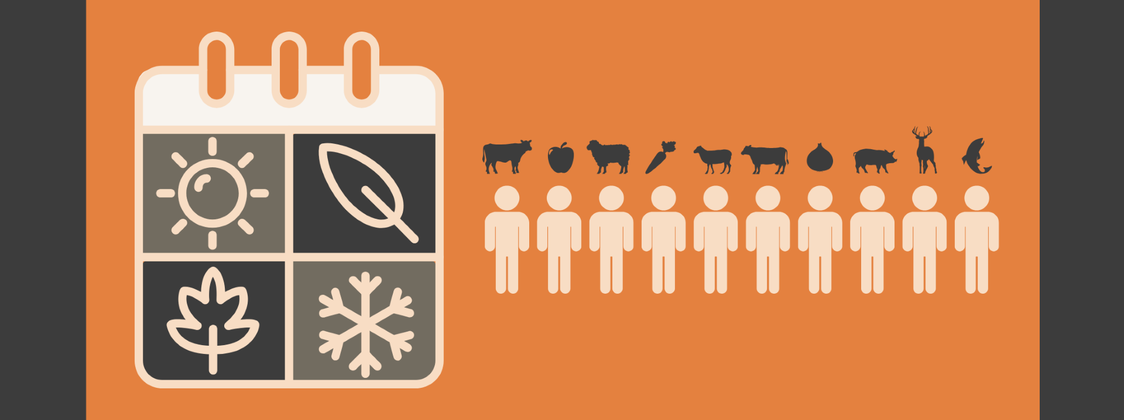The secret weapon to understanding the people of Aotearoa
Could the Integrated Data Infrastructure be the missing piece you need to ensure your next project is data-driven and delivers smarter, more meaningful results?
Learn about a real example of how our Integrated Data Infrastructure team helped answer a question that would be difficult to answer using conventional research methods.

Written by

Superpower: Understanding Calculus
Fixation: Reading long fantasy series
Finn’s work is predominantly in workforce research.
His experience is in mathematical modelling and data analysis. Finn particularly enjoys solving difficult conceptual and mathematical problems.
Outside of work, Finn is a board game connoisseur and has been playing the piano and trumpet for most of his life.
Finn has a Master of Science in Physics, and a Bachelor of Science Honours (First Class) in Mathematical Physics. His research focused on how light is bent by the largest structures in the universe, such as cosmic voids and galaxy superclusters.
Some questions are just too big – or too expensive – for traditional research methods like surveys and interviews. Especially when you're trying to understand complex systems across an entire sector or population. That’s where the Stats NZ Integrated Data Infrastructure (IDI) comes in. The IDI lets approved researchers securely link data about people’s employment, education, visa status, and more, giving a rich, population-level view that’s hard to match. In 2024, the Food and Fibre Centre of Vocational Excellence (Food and Fibre CoVE) came to Scarlatti with a tricky question:
Could coordinating seasonal work and offering training opportunities help ease long-standing workforce shortages in the food and fibre sector?
Workforce shortages affect many sectors. Efforts to attract and retain workers often have limited or short-lived impact, so other avenues are being explored such as this question.
Answering a question like this would normally require a substantial budget if conventional research methods were used. But by turning to the IDI, we were able to test this idea in a robust, quick, and cost-effective way.
Not sure what the IDI is? Check out our explainer article The secret weapon to understanding the people of Aotearoa.
Access to the IDI is just the beginning. Knowing how to use it – how to frame the right questions, navigate the datasets, link the right variables, and interpret the outputs – takes expertise.
That’s where our team comes in. With extensive experience in working within the IDI, we know how to uncover answers to complex questions. In this case, we helped Food and Fibre CoVE explore whether seasonal workers could be supported into longer-term employment.
We started by breaking down the big idea into specific, data-driven questions:
Using the IDI, we cross-referenced employment data with information like visa type, region of residence, and education history. This let us follow workforce pathways, explore seasonal, retention, and return patterns.
From there, we used a mix of statistical analysis and machine learning to test the feasibility of attracting seasonal workers into long-term roles, including:
It’s not just about pulling numbers – it’s about asking the right questions, knowing where to look, and understanding what the data can (and can’t) tell you.
Once we had a clear picture of what to look for, we extracted the data, analysed the results, and developed an interactive dashboard to share the findings with Food and Fibre CoVE – and other interested stakeholders.
Two insights stood out:
In short, better coordination of seasonal labour alone isn’t likely to fix the problem. But this finding was still valuable as it helped focus attention on where a more realistic opportunity lies – retaining people beyond their first year, when dropout rates are highest.
Our research didn’t confirm the original hypothesis – but it gave Food and Fibre CoVE something just as valuable: clarity.
By exploring ideas with real-world data, they were able to rule out a solution that looked promising on paper but didn’t stack up in practice. And in doing so, they identified where effort is more likely to pay off – supporting and retaining workers who’ve already entered the sector.
This project proves how complex, sector-wide questions can be tackled without relying on assumptions or guesswork. With the right expertise, the IDI can test bold ideas, highlight what’s working, and help decision-makers focus their resources where it matters most.
“Food and Fibre CoVE has worked with Scarlatti's IDI team across a range of projects to deeply understand data and insights that can enable vocational excellence, drive innovation and focus on attracting and retaining a talented workforce […] Scarlatti's IDI team have delivered an excellent service to ensure the research is underpinned by robust methodology, and can continually enhance how vocational education and training can be delivered for the benefit for learners, providers and industry.”
― Fiona Windle, Portfolio Manager, Food and Fibre Centre of Vocational Excellence
Learn more about this project
Scarlatti has a team of approved researchers who can help you assess whether the IDI is right for your needs. Whether you're exploring workforce dynamics or tracking the impact of social programmes, we can help you unlock insights and achieve better outcomes, faster.
If you’ve ever thought “there’s no way I could get the data to answer this”, you might be surprised what we can achieve for you.